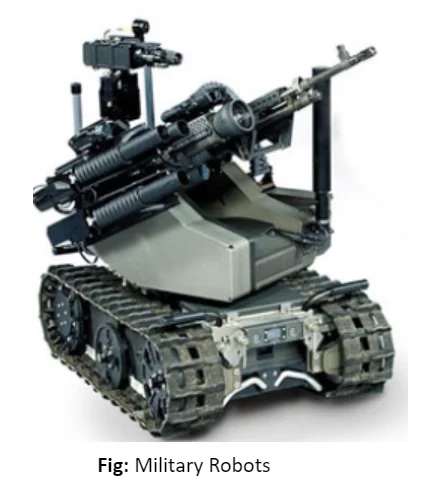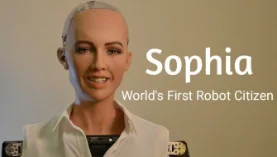![]() June 11, 2024
June 11, 2024
![]() 3495
3495
![]() 0
0
Robotics, a field combining engineering and computer science, focuses on designing, building, and using robots to perform tasks autonomously or semi-autonomously. Initially developed for industrial applications, robots now serve various sectors, including healthcare, agriculture, and space exploration. Types of robots range from industrial and service robots to autonomous vehicles and humanoid assistants. As robotics technology evolves, it promises to enhance efficiency, safety, and convenience across many aspects of daily life.


Manufacturing and Assembly: Robotic arms and automated systems are commonly used in manufacturing for tasks such as assembly, welding, painting, and quality control.
Definition: Biorobotics is an interdisciplinary science that draws inspiration from nature to design and build robots.
India is one of the emerging countries in the field of robotics and artificial intelligence.
| Must Read | |
| Current Affairs | Editorial Analysis |
| Upsc Notes | Upsc Blogs |
| NCERT Notes | Free Main Answer Writing |
| Related Articles | |
| AGRICULTURAL DEVELOPMENT | Industries: High Tech Industries, Materialization & Innovation |
| Nervous System: Definition, Structure, Control & Coordination | Artificial Intelligence |
<div class="new-fform">
</div>
Latest Comments